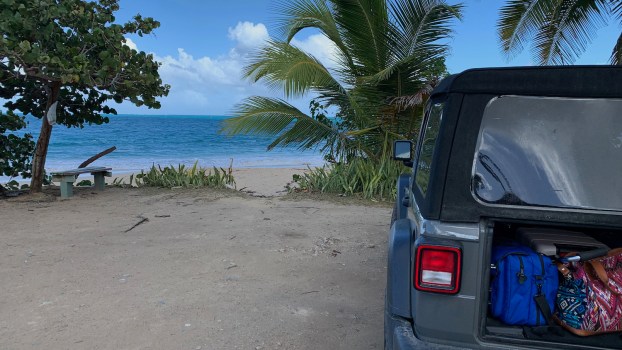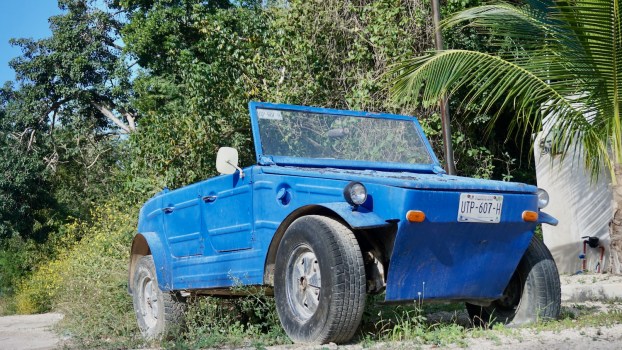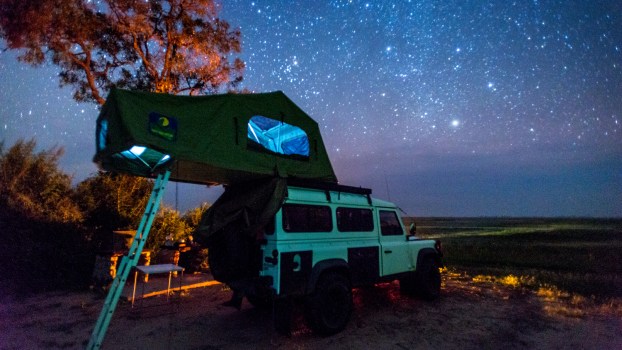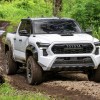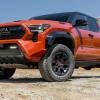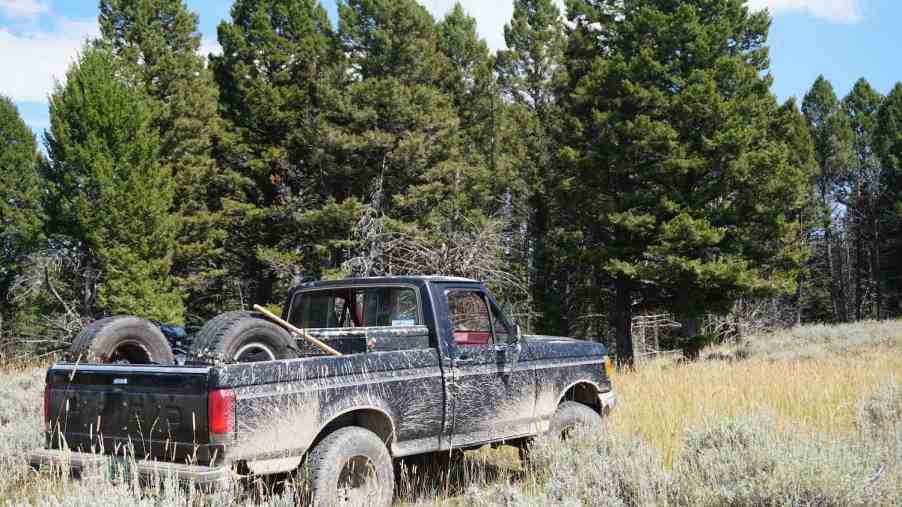
4 Secrets to Have An Overlanding Camping Adventure in a National Forest
Does the type of exotic overlanding and camping adventure you see on the pages of the Overland Journal seem entirely out of reach–even after you’ve sprung for the latest TRD Pro trim 4WD truck? Your local off-road “wheeling” enthusiasts and “mudders” have long known how much fun can be had by throwing a cooler in the back of your truck and heading for the nearest National Forest. It’s high time I let you in on a few secrets long guarded by the off-roading crowd. These juicy tidbits could be the key to your next overlanding expedition.
1. National Forests: America’s best-kept secret
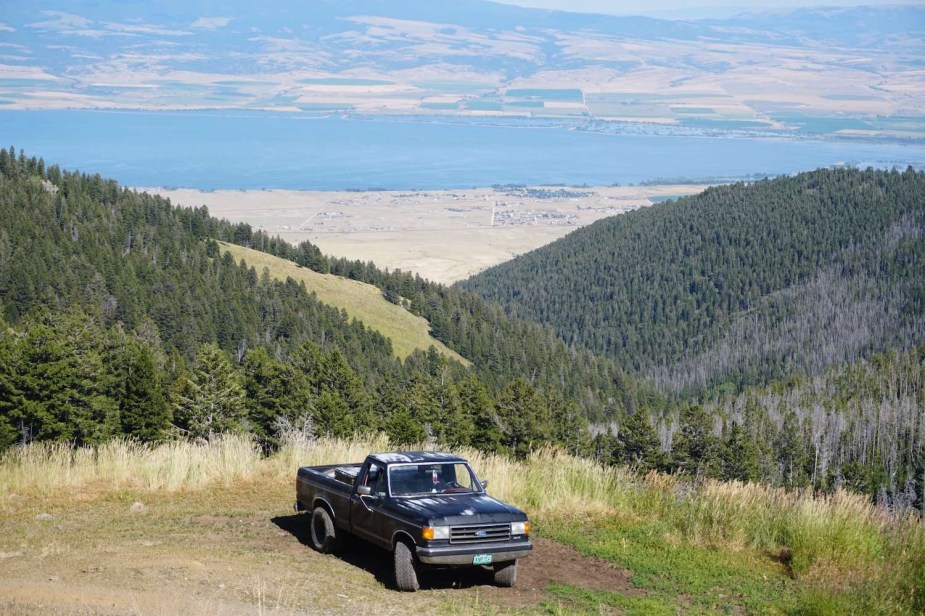
It’s not that National Forests get a bad rap, but National Parks certainly hog most of the attention. And as they should: they are chock-full of some of the most awe-inspiring natural monuments on earth. But bordering most crowded little National Parks (and in many other parts of your state, too) is a wide-open National Forest just inviting you to come out and mess around during your next overlanding camping adventure.
2. The National Forests are crisscrossed by “vehicle access roads”
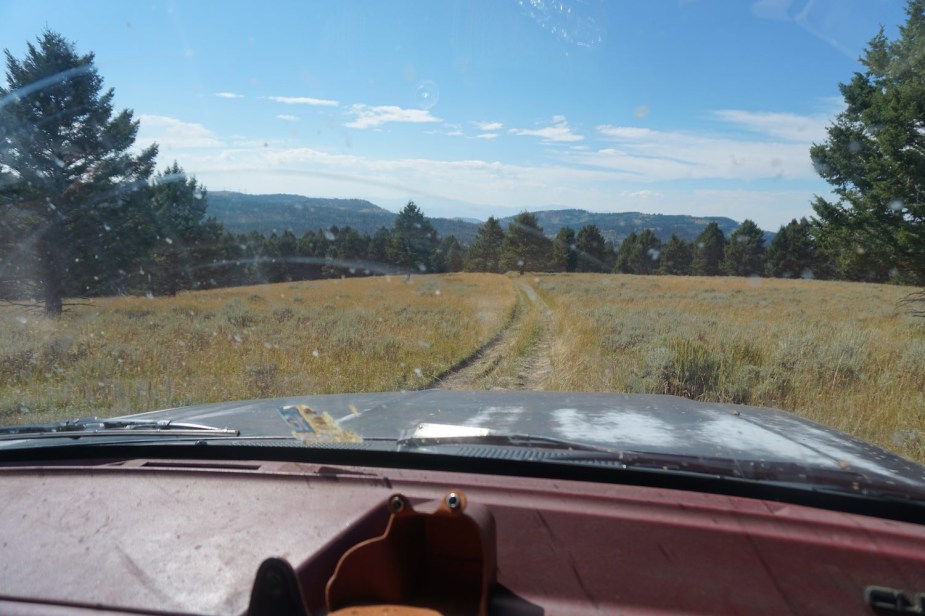
Nobody likes a Forest Fire. But even when we all listen to Smokey the Bear, they still happen occasionally. The Park Service maintains “vehicle access” road networks in most of its National Forests so fire crews can drive in and fight a blaze. You can go into any ranger station and ask for a “vehicle use map” of your nearest National Forest and get an old-fashioned paper affair (a wise idea for when you drive miles past service). These road networks are open to the public and a fantastic place to put your new rig in 4Lo and get some mud on the tires.
3. “Dispersed camping” is usually allowed while overlanding a National Forest

Not only are you allowed to drive the vehicle access roads in your local National Forest, but you can pull over and pitch a tent. Camping outside the established, rentable sites during your overlanding expedition is called “dispersed camping.” Another benefit of swinging by your nearest ranger station is that you can ask about the latest dispersed camping guidelines and restrictions. You may need to pull off the main road 50 feet. Or, in a delicate alpine ecosystem, they may urge you to stay near the road. Depending on the season, there may be parts of the forest where you can’t light a fire. Some National Forests also require you to bring a shovel and a bucket to dig a deep fire pit and then dump water on your fire when you’re done.
4. There’s good “wheeling” to be had nearly everywhere
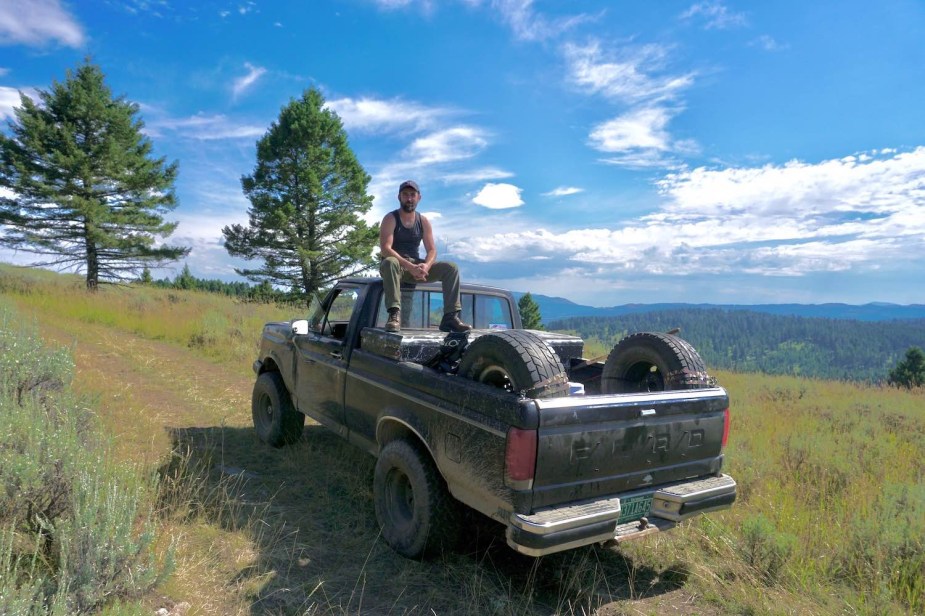
The park service does not maintain every road, every year. Sometimes they put in a new route and let an old road deteriorate. This leads to a more technical off-roading “trail.” The OnX Off-Road app is a great way to find reviews of routes and get some idea of how hard they will be to traverse. Another option is to pull up next to 4WD vehicles you see out there and ask for recommendations. It may seem old-fashioned, but most off-roaders are happy to chat with someone else who is out sharing their hobby. I love to set up a multi-day campsite on a well maintained road, then strike out on more technical trails during the days.
However you choose to enjoy the National Forests, be safe and have fun!
Next, find out whether rooftop tents are overrated or see some handy off-road tips in the video below:
